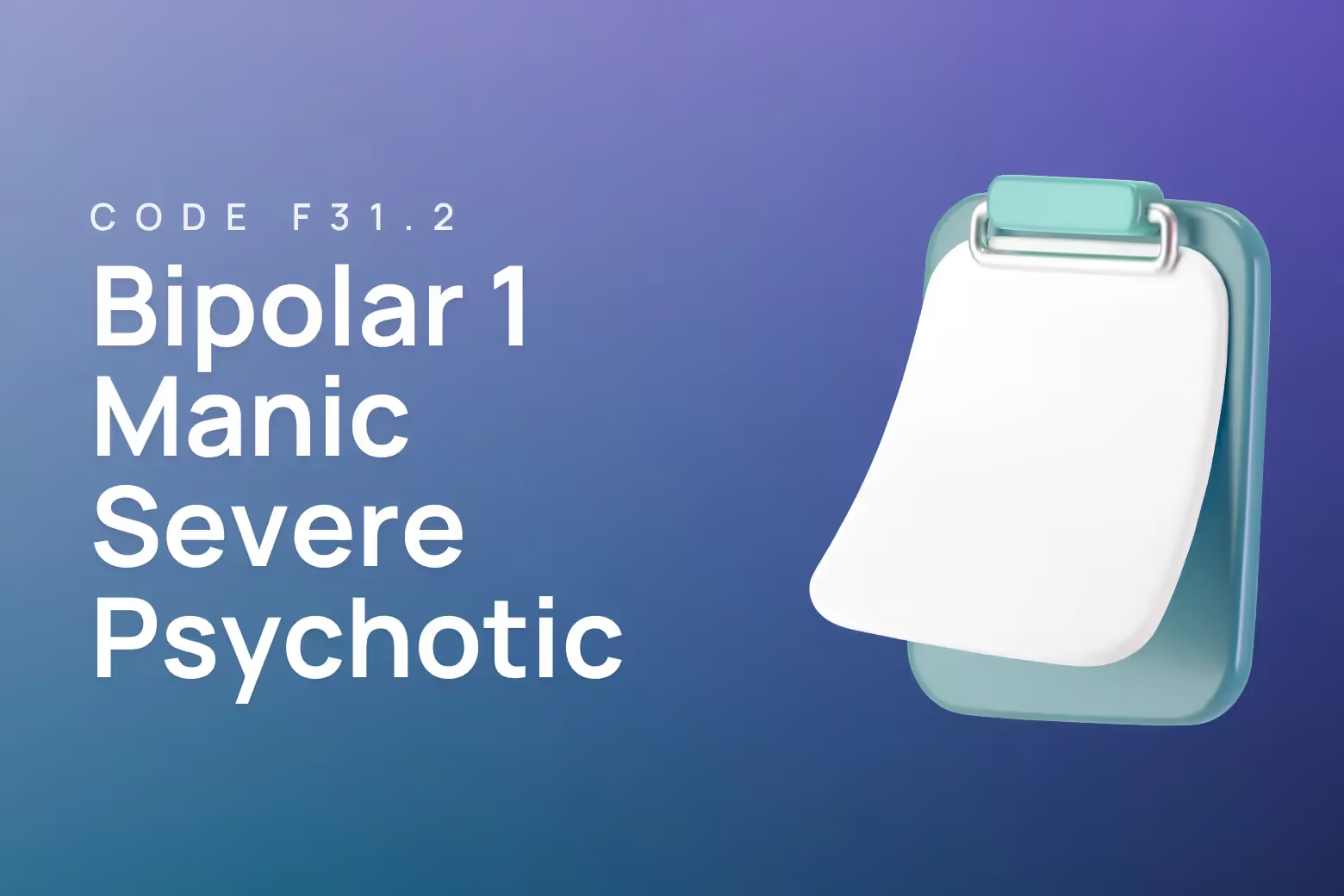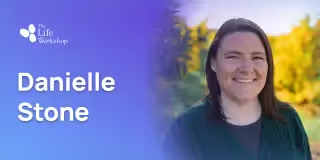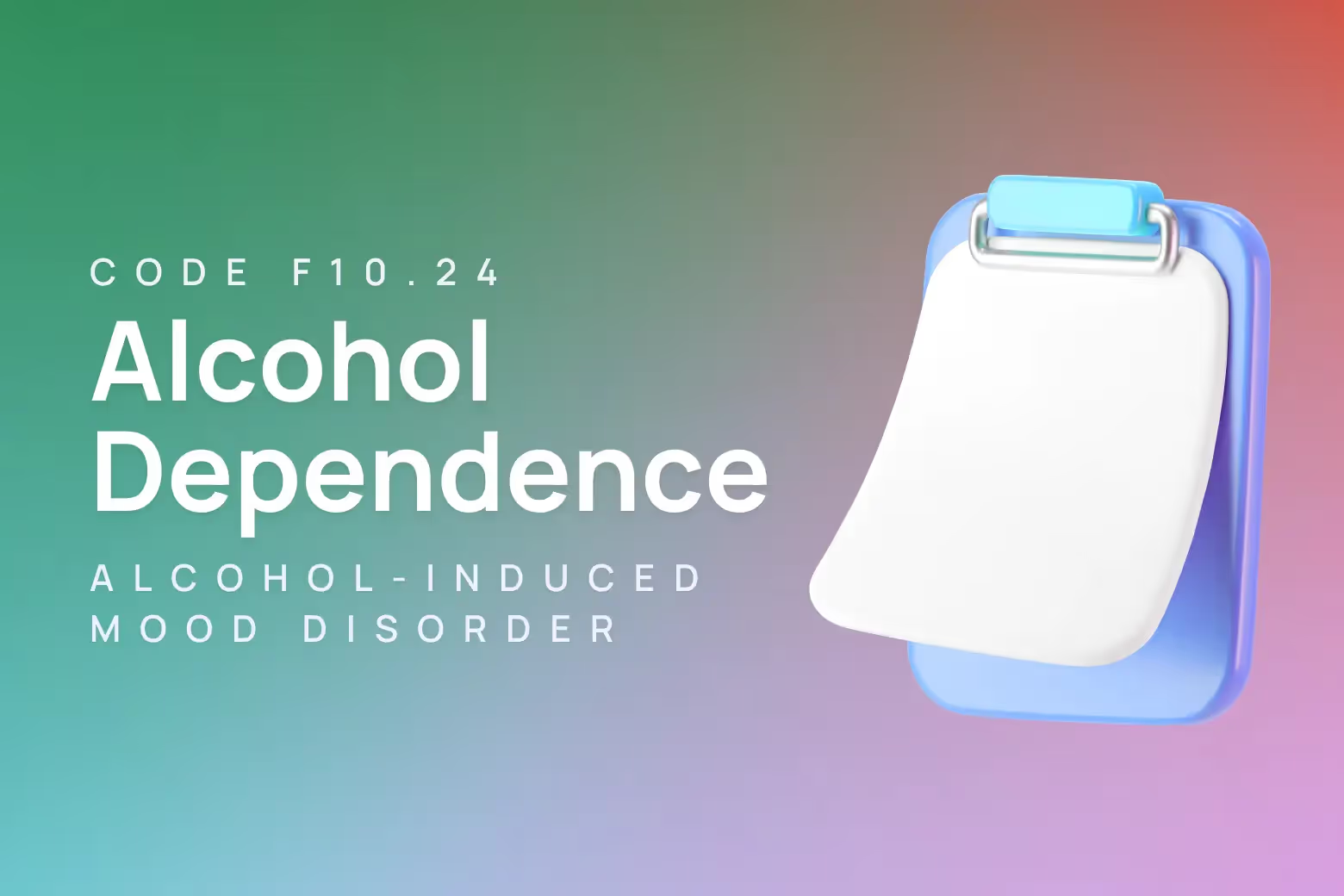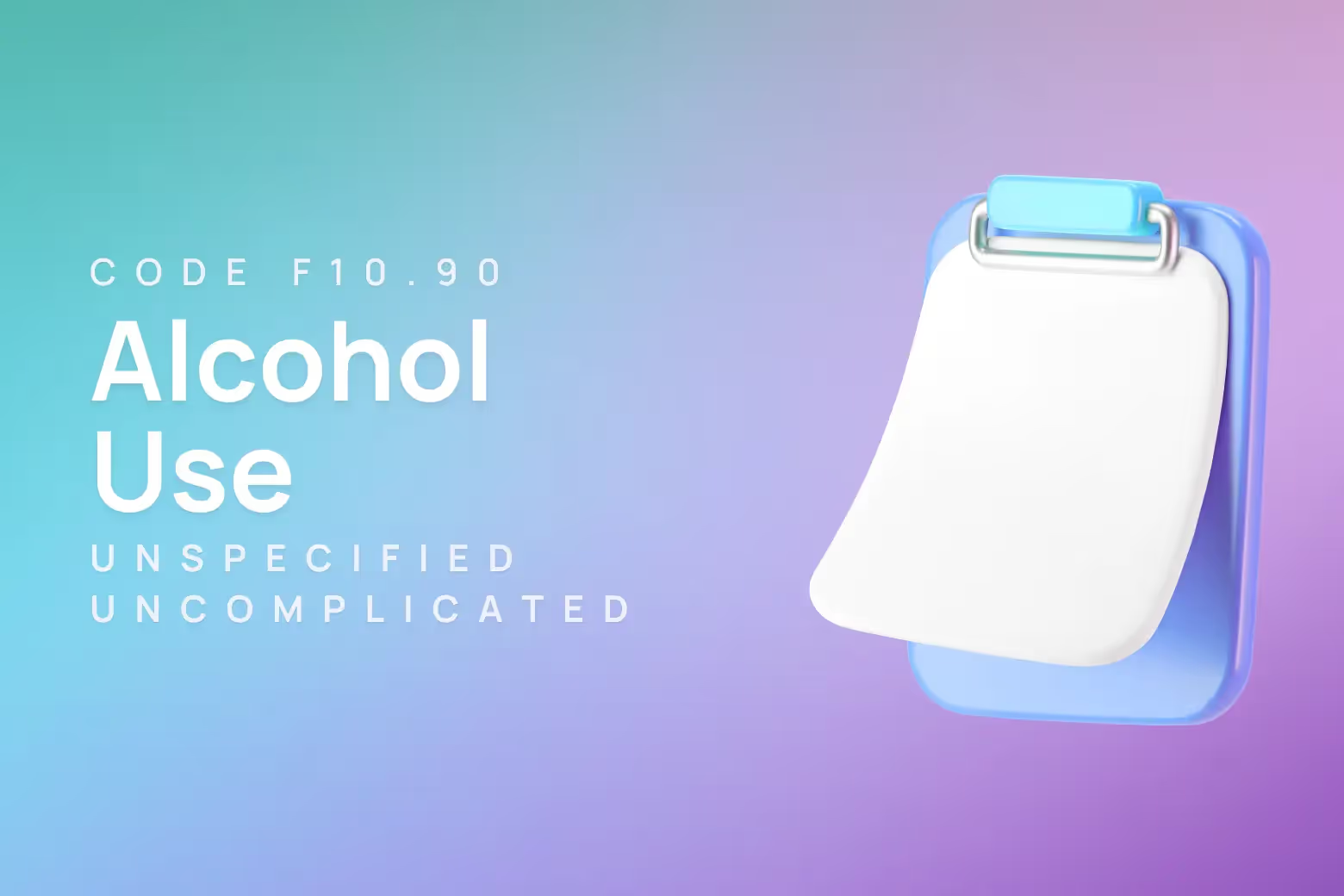ICD-10 code for F31.2: Bipolar disorder, current episode manic severe with psychotic features

When someone experiences a severe manic episode with psychotic features, their reality becomes fractured in profound ways. Delusions of grandiosity may convince them they possess superhuman abilities, while auditory hallucinations whisper commands that feel undeniably real. Sleep becomes unnecessary as their mind races through impossibly complex schemes and connections. Yet beneath these overwhelming symptoms lies a treatable condition that responds to skilled clinical intervention and compassionate care.
The ICD-10 code F31.2 indicates bipolar disorder where the person is currently experiencing a severe manic episode with psychotic features.
Accurate diagnosis and documentation remain essential for ensuring individuals with this challenging presentation receive appropriate treatment and support throughout their recovery journey.
Diagnostic criteria for bipolar disorder (F31.2)
A diagnosis of F31.2 requires meeting criteria for bipolar I disorder with a current severe manic episode that includes psychotic features. The manic episode must last at least one week or require hospitalization, featuring abnormally elevated or irritable mood with increased energy or activity. At least three manic symptoms must be present, including grandiosity, decreased sleep need, pressured speech, racing thoughts, distractibility, increased goal-directed activity, or risky behavior. The episode must cause marked functional impairment, require hospitalization to prevent harm, or include psychotic features, with symptoms not attributable to substance use or medical conditions.
Differential diagnoses of F31.2
F31.2 applies when a patient meets full criteria for a severe manic episode with psychotic features within the context of bipolar I disorder. However, careful diagnostic precision becomes critical to avoid confusion with related conditions that may present similarly. Clinicians must rule out schizoaffective disorder, schizophrenia, delusional disorder, and other psychotic spectrum disorders where mood symptoms might be secondary. The key distinction lies in the temporal relationship between mood episodes and psychotic symptoms, as bipolar disorder typically shows psychotic features occurring only during mood episodes.

Manic state of this diagnosis
F31.2 represents the most severe end of the manic spectrum, characterized by profound elevation or irritability that fundamentally disrupts a person's relationship with reality. Unlike hypomanic episodes, which maintain some connection to social functioning, severe mania with psychotic features creates complete disconnection from normal behavioral boundaries.
The manic state in F31.2 differs dramatically from depressive episodes, where energy remains low and mood stays persistently down. While mixed episodes contain both manic and depressive features simultaneously, F31.2 represents pure mania amplified to dangerous proportions.
This severe manic presentation stands apart from milder manic episodes through its inclusion of psychotic symptoms and the absolute necessity for hospitalization or intensive supervision.
Severity of this diagnosis
F31.2 represents the most severe category within manic episode specifiers, requiring almost continual supervision to prevent physical harm to self or others (APA.pdf). This severity level surpasses mild mania, where minimum symptom criteria are barely met, allowing for some preserved functioning.
Moderate manic episodes involve significant increases in activity and impaired judgment but maintain some capacity for self-care and safety. F31.2 severity eliminates these protective capacities entirely (APA.pdf).
The presence of psychotic features automatically elevates any manic episode to severe status, as delusions and hallucinations represent complete breaks from reality that require immediate clinical intervention.
Psychotic features of this diagnosis
The psychotic features distinguishing F31.2 from F31.1 (severe mania without psychotic features) involve delusions, hallucinations, or severely disorganized thinking that accompany the manic episode. These symptoms may be mood-congruent, such as grandiose delusions of special powers or wealth, or mood-incongruent, involving persecutory themes unrelated to elevated mood. The presence of any psychotic symptoms during a manic episode indicates severe impairment and necessitates immediate clinical attention to ensure safety and begin stabilization.
Supporting clients with bipolar disorder
The hope signaled in recognizing severe manic episodes with psychotic features lies in their strong responsiveness to appropriate treatment interventions. Clinicians serve as essential anchors during these episodes, providing the external reality testing and safety structure that clients temporarily cannot maintain themselves. Through accurate diagnosis using F31.2, providers ensure access to intensive treatment modalities including mood stabilizers, antipsychotics, and hospitalization when necessary.
The therapeutic relationship becomes particularly crucial during psychotic episodes, as clinicians must balance maintaining engagement while setting firm safety boundaries. With proper clinical documentation following the Golden Thread principle, treatment teams can track symptom patterns, medication responses, and psychosocial interventions that support long-term stability.
Modern behavioral healthcare demands that providers maintain compliant documentation while minimizing administrative burden, allowing more focus on direct client care. Upheal is an AI-powered clinical documentation platform that automates note generation while preserving clinical judgment and ensuring insurance compliance, enabling therapists to spend more time in therapeutic relationship rather than paperwork.













